12 Minutes
The modern automotive market is filled with options, but most vehicles fall into a few main categories—sedans, hatchbacks, SUVs, and pickup trucks. While each body style serves a specific purpose, selecting the right one for your lifestyle requires an understanding of its design, capabilities, strengths, and limitations. This article dives deep into the advantages and disadvantages of each vehicle type and helps you choose the most practical option based on your unique needs.
Historical Perspective: How Body Styles Evolved Over Time
The classification of vehicles into different body styles has a rich historical context that traces back to the early 20th century. During this period, cars were heavily inspired by horse-drawn carriages. In fact, vehicles manufactured between 1896 and 1910 closely resembled carriages and were predominantly constructed of wood.
One of the pivotal figures in this evolution was Karl Benz, recognized globally as the inventor of the modern automobile. The automotive industry experienced a major transformation in 1908 when Ford introduced the Model T, a car that would become the world’s first mass-produced vehicle. It changed the game not just in terms of production but also in accessibility for average consumers.
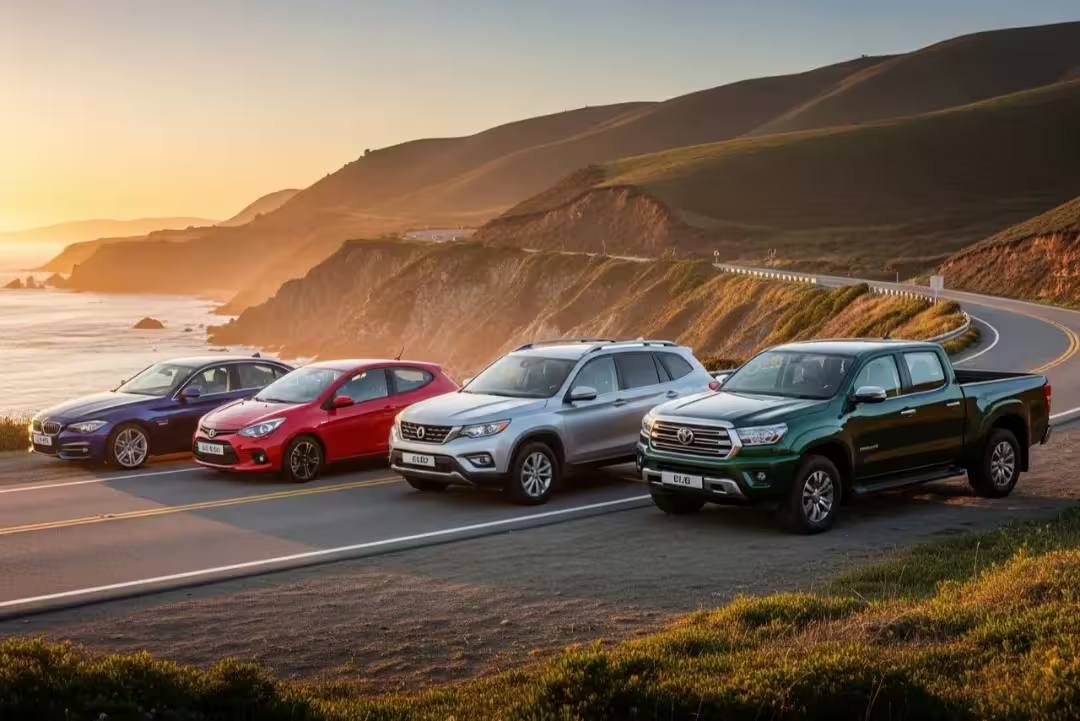
As automotive engineering progressed, the 1920s and 1930s brought about significant changes in design. Aerodynamic styling began to replace the carriage-like appearance, focusing more on efficiency and speed. By the late 1920s, the Art Deco movement influenced vehicle aesthetics, leading to sleeker, more elegant shapes. The 1930s and 1940s witnessed the advent of streamlined, bullet-shaped designs.
In the 1950s, the ponton design—which integrated the fenders, hood, and body into a unified structure—marked another turning point in how cars looked and performed. Over the decades, body styles have continued to evolve in response to consumer demands, technological advancements, and regulatory requirements.
Today, vehicle classification is more sophisticated and is largely based on body shape, size, usage, and market segmentation. Regulatory bodies like the EPA in the U.S. and international automotive standards organizations have categorized vehicles into more than a dozen classes, including the main four we’re examining here: sedans, hatchbacks, SUVs, and pickup trucks.
Modern Vehicle Classification: Purpose Meets Function
In today’s world, choosing the right car isn’t just about aesthetics or branding—it’s about how well a vehicle aligns with your lifestyle and expectations. Factors like fuel efficiency, cargo space, safety features, ease of maneuverability, maintenance costs, and even environmental impact are now front and center in every car-buying decision.
Car classification has matured to include diverse styles like liftbacks, fastbacks, coupes, crossovers, and convertibles, but for practical purposes, sedans, hatchbacks, SUVs, and pickups continue to dominate sales and consumer interest.
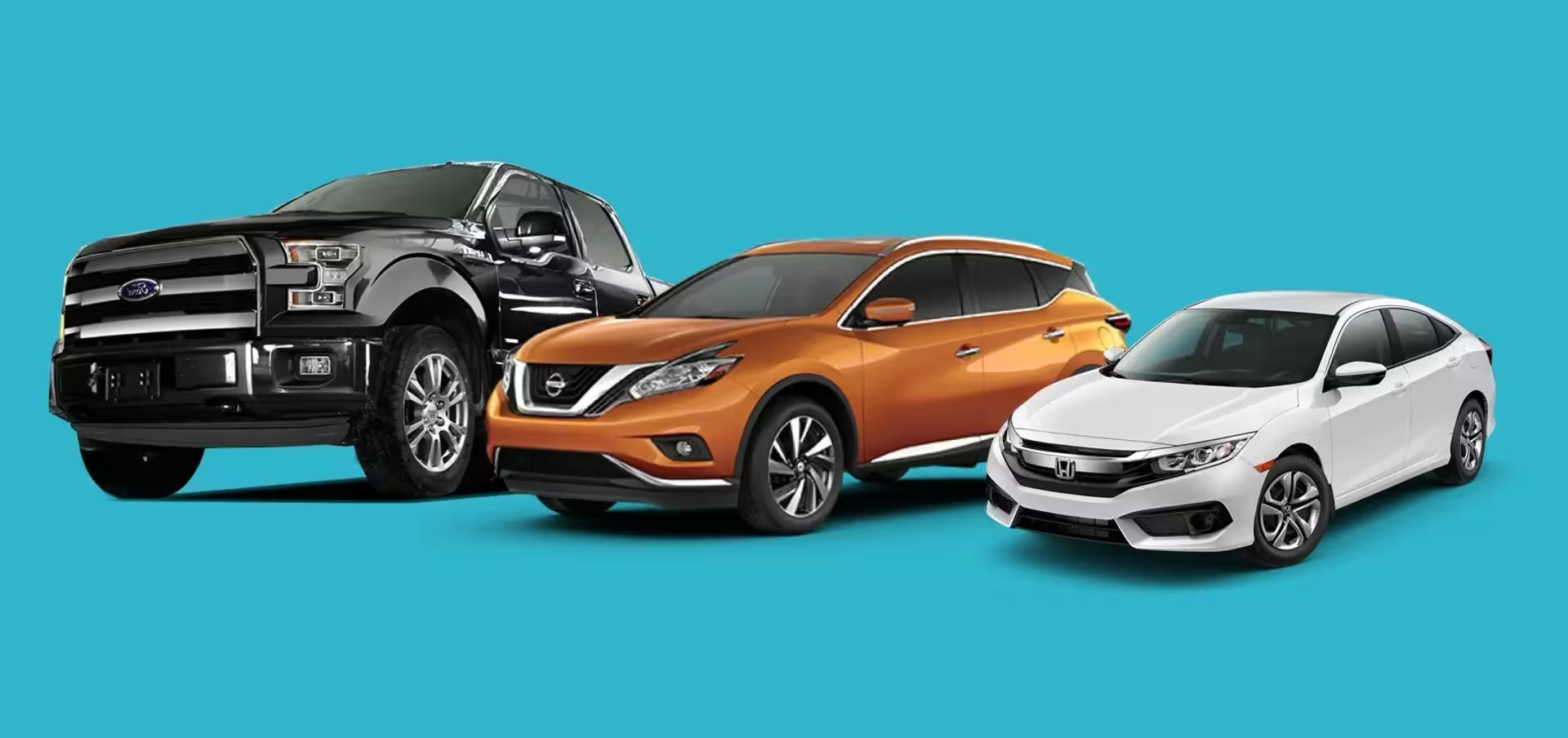
Let’s explore each type in detail:
1. Sedans: Classic and Practical
Definition and Features
A sedan is typically a three-box vehicle consisting of a separate engine compartment, passenger area, and trunk. It usually comes with four doors and seats four to five passengers comfortably. In the UK, sedans are referred to as saloons.
Sedans are categorized into:
Compact Sedans
Mid-size Sedans
Full-size Sedans
Popular models include the Toyota Camry, Honda Accord, Hyundai Elantra, and Mazda 6.
Pros
Lower cost of ownership
Excellent fuel efficiency
Better aerodynamics and handling
Safer due to a lower center of gravity
Quieter cabin and smoother ride
More affordable insurance premiums
Cons
Limited cargo space compared to hatchbacks or SUVs
Lower ground clearance not suitable for rough roads
Less visibility compared to taller vehicles
Difficult ingress and egress for elderly passengers
Limited off-road capability
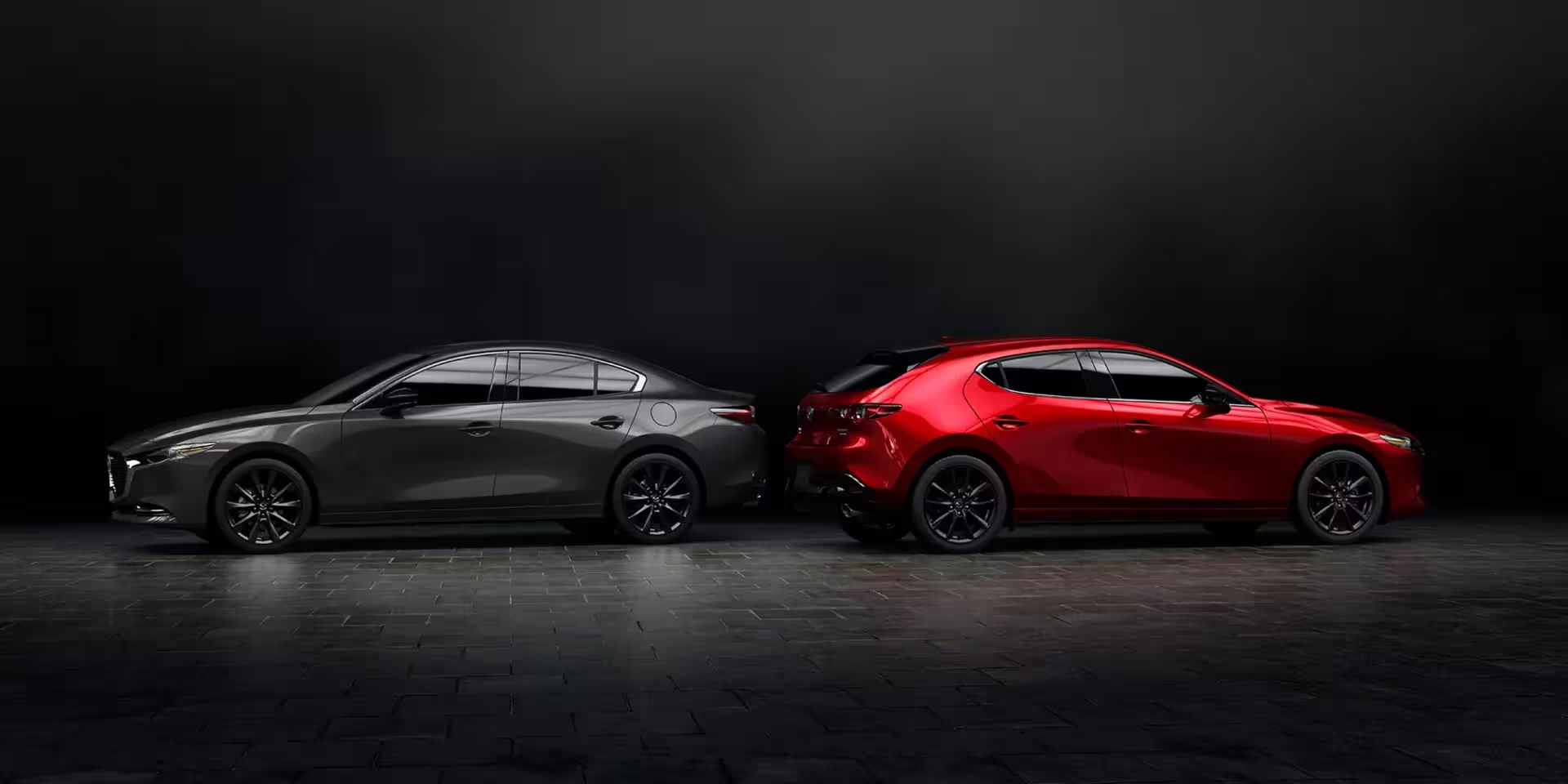
2. Hatchbacks: Versatile and Urban-Friendly
Definition and Features
Hatchbacks are two-box vehicles with the rear cargo area integrated into the passenger cabin. Access to the trunk is via a large rear hatch, which typically swings upward. They are usually offered in 3-door or 5-door configurations.
Famous examples include the Volkswagen Golf, Ford Focus, Honda Fit, and Hyundai i20.
Pros
Flexible cargo capacity due to foldable rear seats
Compact size makes them perfect for city driving
Generally more affordable than sedans
Excellent fuel economy
Easy to park in tight spaces
Great for young drivers and first-time buyers
Cons
Smaller engine options result in lower power
Less noise insulation—louder cabin
Rear visibility can be limited
Cargo less secure as it's not separated from the cabin
May lack the premium feel of sedans
3. SUVs: Spacious and Adventure-Ready
Definition and Features
SUVs (Sport Utility Vehicles) combine the passenger comfort of a car with off-road and utility capabilities. They usually come with higher ground clearance, larger tires, and often All-Wheel Drive (AWD) or Four-Wheel Drive (4WD) systems.
They’re categorized into:
Compact SUVs
Mid-size SUVs
Full-size SUVs
Luxury SUVs
Crossovers (CUVs)
Notable models include the Toyota RAV4, Honda CR-V, Ford Explorer, and Jeep Grand Cherokee.
Pros
Spacious interiors with multiple seating configurations
High seating position enhances driver visibility
AWD or 4WD suitable for bad weather and rough roads
Large cargo capacity for family travel or hauling gear
Better towing capacity compared to sedans/hatchbacks
Perceived safety due to larger size
Cons
Higher fuel consumption
More expensive purchase price and maintenance
Bulkier—harder to maneuver in tight city spaces
Greater risk of rollovers due to higher center of gravity
Often come with higher insurance premiums
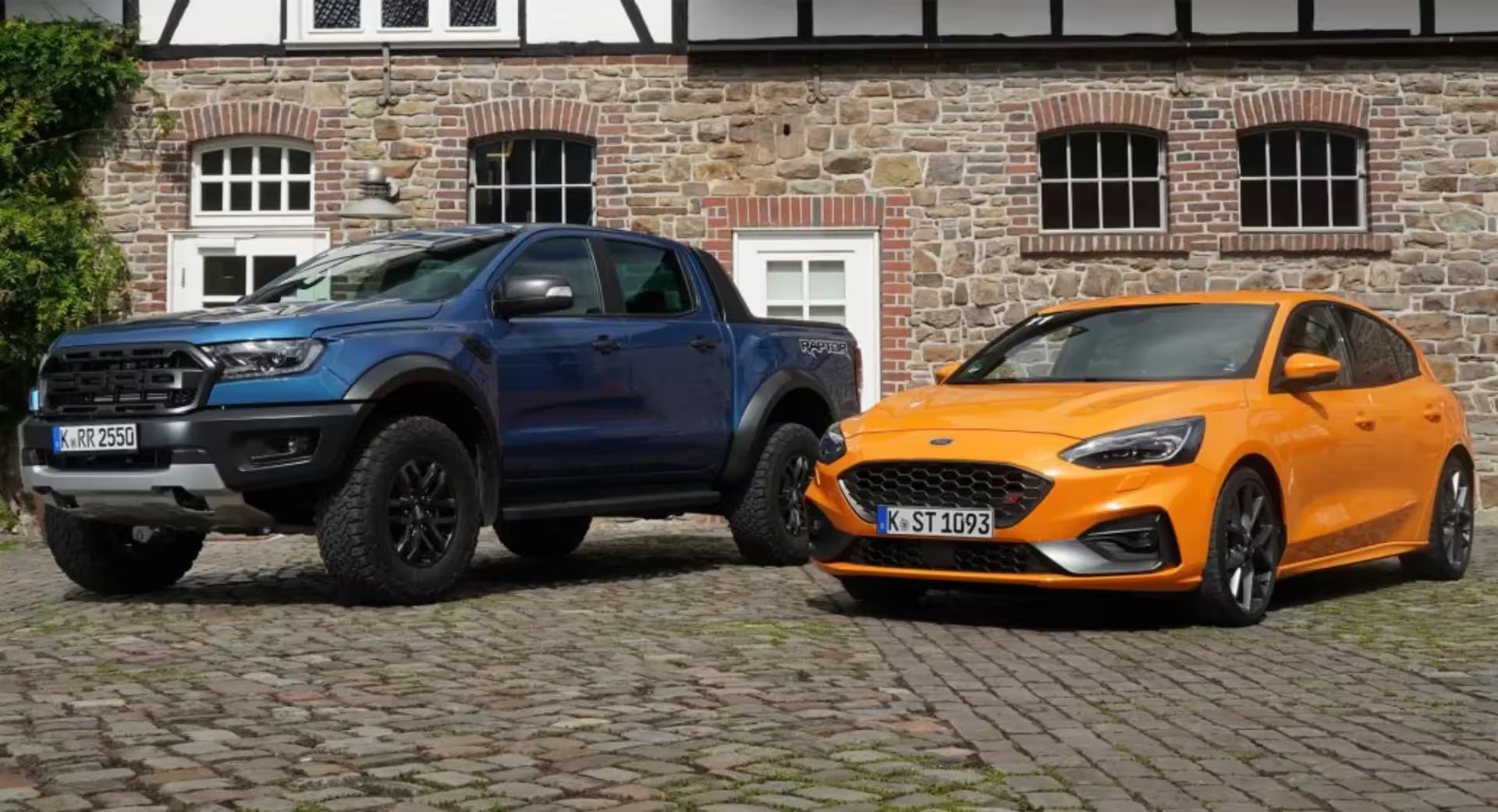
4. Pickup Trucks: Power and Utility Combined
Definition and Features
Pickup trucks are characterized by a separate passenger cabin and an open cargo bed in the back. They’re designed primarily for hauling heavy loads, towing, and off-road usage.
They’re commonly available as:
Regular Cab
Extended Cab
Crew Cab
Popular options include the Ford F-150, Chevrolet Silverado, Toyota Tacoma, and Ram 1500.
Pros
Exceptional towing and hauling capacity
Rugged and durable build—ideal for tough environments
Available with 4WD for off-road conditions
High resale value, especially in North America
Spacious cabins in crew cab configurations
Cons
Poor fuel economy, especially in full-size models
Difficult to park and maneuver in urban settings
Costlier maintenance due to heavy-duty components
Ride comfort not as refined as passenger cars
Exposed cargo bed vulnerable to weather conditions
Comparison Table: Quick Look at Key Differences
| Vehicle Type | Advantages | Disadvantages |
|---|---|---|
| Sedan | Fuel-efficient, good handling, lower cost | Limited cargo space, not for rough roads |
| Hatchback | Flexible cargo, compact, affordable | Less powerful, reduced cargo security |
| SUV | Spacious, AWD, off-road capable | High fuel use, more expensive |
| Pickup Truck | Strong towing/hauling, durable | Bulky, low fuel economy, high cost |
.avif)
How to Choose: What’s Best for You?
Choose a Sedan if:
You commute regularly on highways or city roads.
Fuel economy and ride comfort are important to you.
You want a practical and affordable option for small families.
Choose a Hatchback if:
You live in a city with tight parking spaces.
You need flexible cargo space but don’t want a big car.
You're a young driver or a new buyer on a budget.
Choose an SUV if:
You have a large family or need to transport multiple passengers.
You travel frequently or go on road trips.
You require off-road capabilities or AWD for rough terrain or snow.
Choose a Pickup Truck if:
You work in construction, agriculture, or towing-heavy industries.
You regularly haul equipment or large cargo.
You need off-road performance and rugged durability.
Final Thoughts: Aligning Your Vehicle With Your Lifestyle
There is no “one-size-fits-all” in the automotive world. Sedans offer balance, hatchbacks bring flexibility, SUVs provide space and safety, while pickup trucks deliver strength and endurance. The best vehicle for you depends not just on your budget but also on your daily routine, location, future plans, and personal preferences.
By understanding the strengths and limitations of each body style, you can make an informed decision that saves money in the long term, enhances your driving experience, and suits your lifestyle perfectly.
Comments
Armin
Nice history section, but feels a bit US-centric. Pickup praise is overdone, urban folks dont need that bulk. Still useful tho.
clutchX
SUVs seem safer but isn't higher center of gravity a real risk? towing numbers vary so much, who checks real world mpg, idk…
chipflux
Sedans for daily commute, hatchbacks for city chores, SUVs when kids & gear pile up. Makes sense tbh, though prices and mpg still a headache.

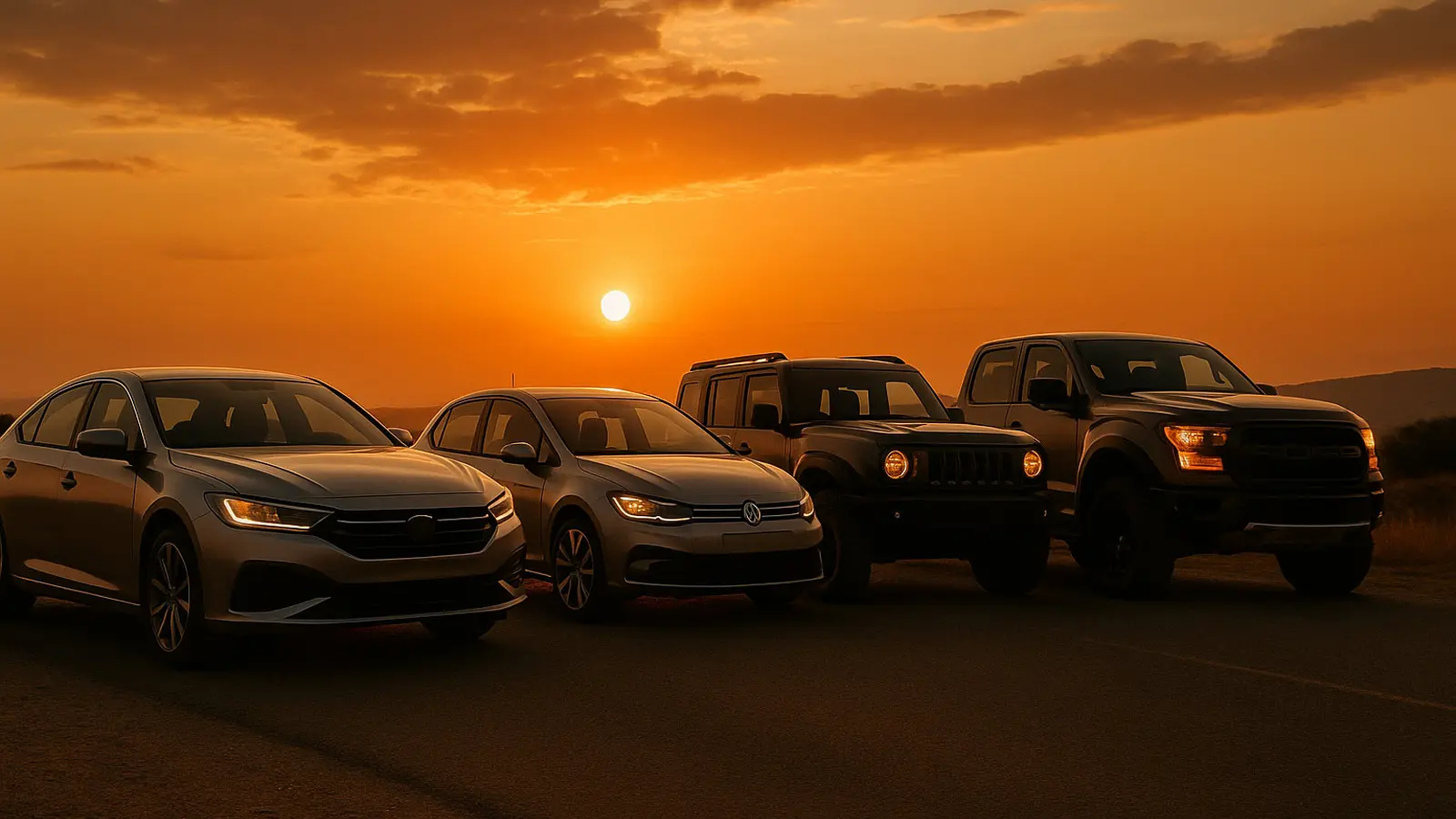
Leave a Comment